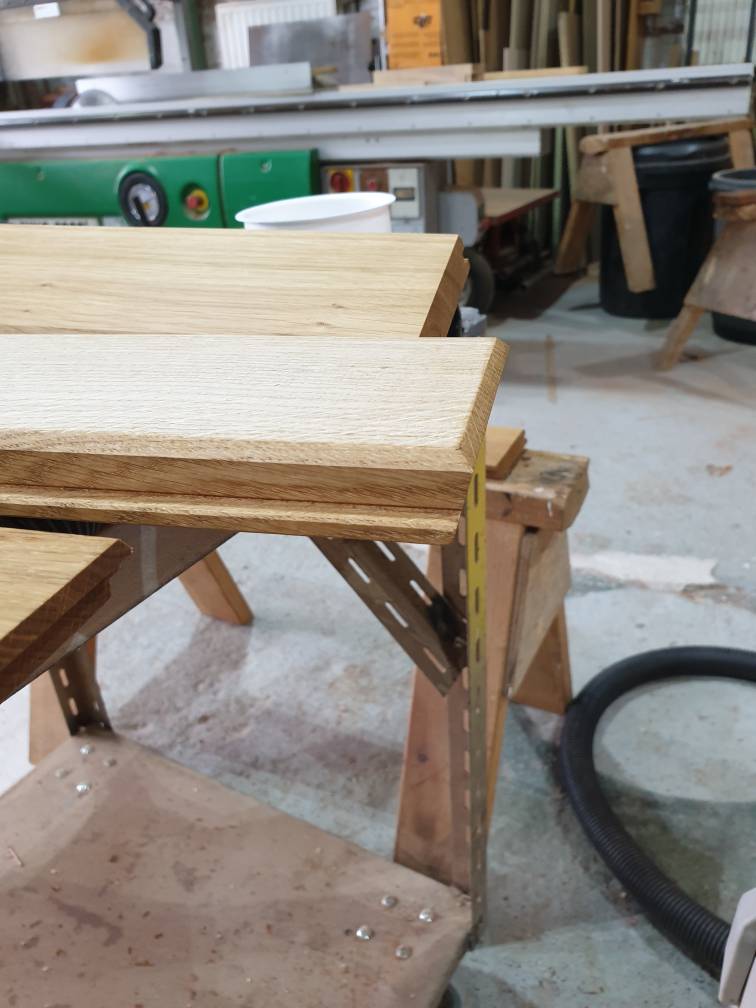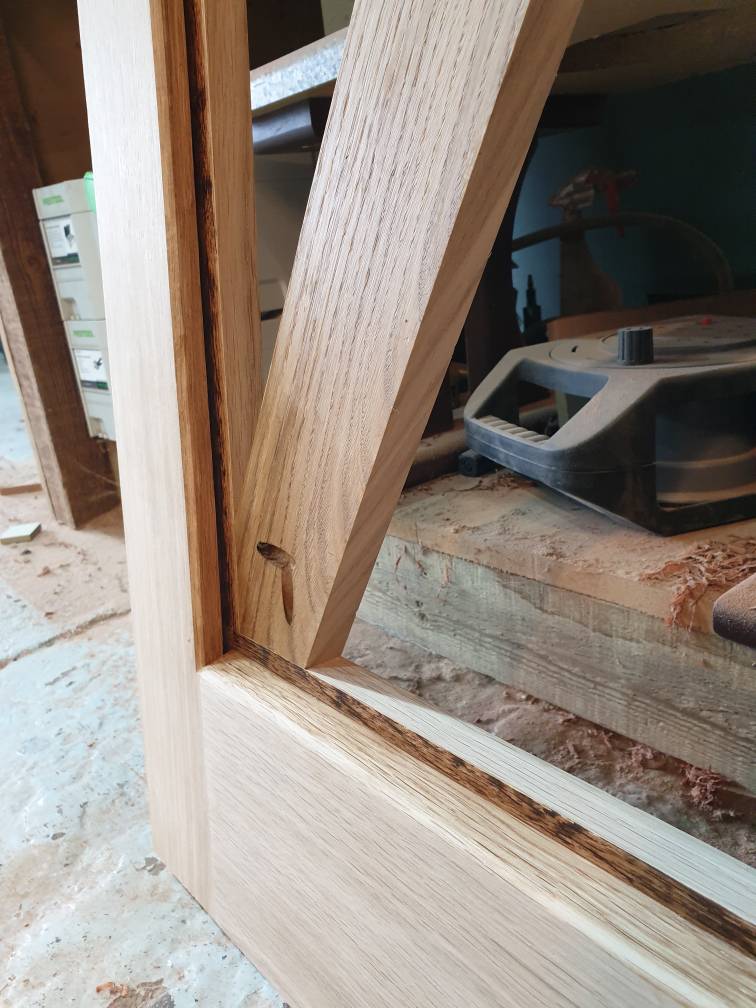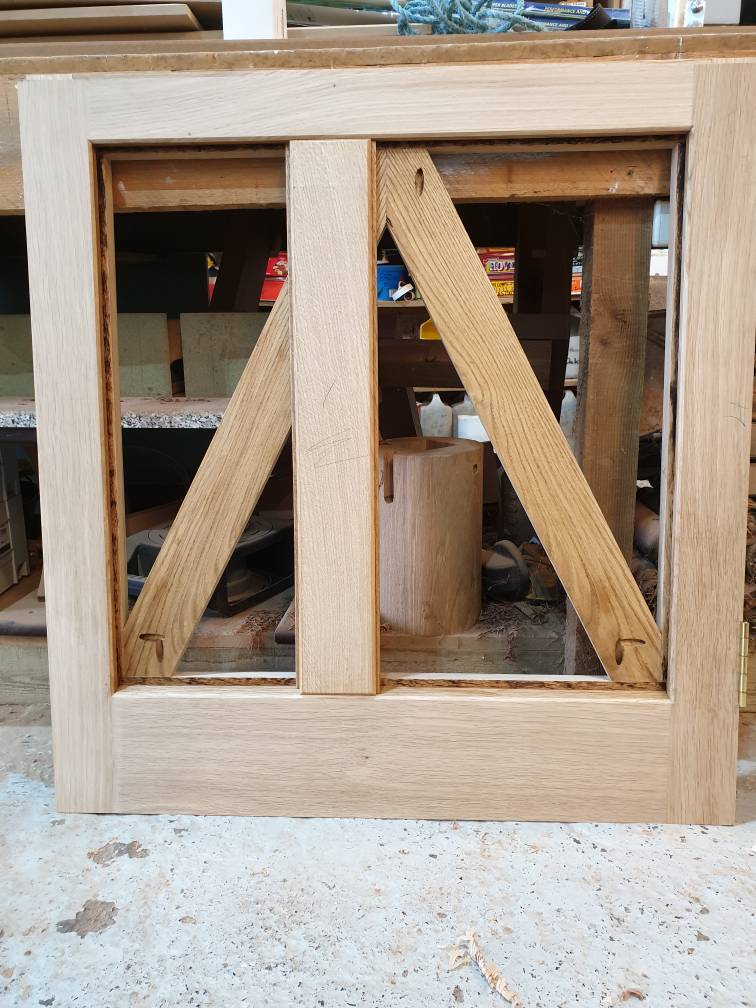Hi,
I'm after some advice as I'm about to start making a double pair of garden side gates closing in the middle, however I want to make a decent job and construct them with a mortice and tennon frame and inlay some 14mm thick cladding.
I also am a novice therefore I'm hoping to increase my skill levels and make a decent job.
They will be similar to the one's Gid Joiner has made on Youtube.
They will be about 1.8 metres high and the gap I have to fill is 50 inches therefore each gate will be 25 inches wide.
Here's my few questions before I start!
I was thinking of routing a rebate in the frame to accept the cladding, however the main issue as far as I can see would be rain ingress over time but I have plenty of wood treatment so I can give it them several coats, also there would be a final finish to add.
Is this a good idea or should I just batten the inside of the frame and nail/screw them on so they are flush with the frame?
Also, as the gap is spot on 50 inches wide, so how much less should I make each gate to allow for the Tee hinges and closing?
Any other helpful advice that I have missed would be appreciated.
Regards
Phil
I'm after some advice as I'm about to start making a double pair of garden side gates closing in the middle, however I want to make a decent job and construct them with a mortice and tennon frame and inlay some 14mm thick cladding.
I also am a novice therefore I'm hoping to increase my skill levels and make a decent job.
They will be similar to the one's Gid Joiner has made on Youtube.
They will be about 1.8 metres high and the gap I have to fill is 50 inches therefore each gate will be 25 inches wide.
Here's my few questions before I start!
I was thinking of routing a rebate in the frame to accept the cladding, however the main issue as far as I can see would be rain ingress over time but I have plenty of wood treatment so I can give it them several coats, also there would be a final finish to add.
Is this a good idea or should I just batten the inside of the frame and nail/screw them on so they are flush with the frame?
Also, as the gap is spot on 50 inches wide, so how much less should I make each gate to allow for the Tee hinges and closing?
Any other helpful advice that I have missed would be appreciated.
Regards
Phil






